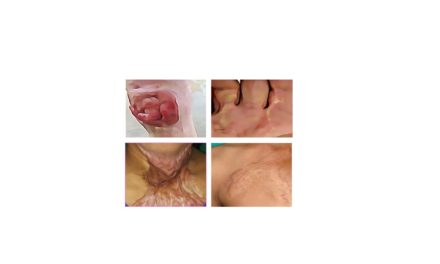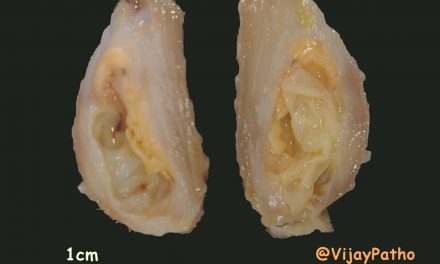Define Amyloidosis
Is a condition associated with number of inherited and inflammatory disorders in which There is deposition of Predominantly Extracellular fibrillar proteins RESULTING IN Tissue damage & functional compromise. These are Aggregates of MISFOLDED proteins and are insoluble.
Amyloid is not a single entity More than 20 different proteins can aggregate to form fibrils. The mechanisms of formation are different. Therefore amyloidosis should not be considered as a single disease… rather, a group of diseases with deposition of similar appearing
What is the origin of the word Amyoid ?
“amylim” a latin word means “starch”
Matthias Schleiden a German Botanist was the first to use the term “amyloid” in botany, for starch, referring to“starch-like”.
German pathologist Rudolf Virchow (1804 – 1881) applied it in the medical literature in 1854.
used the word “Amyloid” to describe some deposits in nervous system which showed the same color reaction with iodine and sulfuric acid, i.e. a change from brown to blue, typical to starch
In the later years it was found that the chemical nature was unrelated to starch but proteins!
Yet.. The name “amyloid” still remains Probably because of Virchow was considered as one of the most valued scientists of his time In the later years it was found that the chemical nature was unrelated to starch but proteins!
What are the properties of amyloid proteins?
Physical Nature: All types of amyloid on electron microscopy are seen as coutinuous non branching fibrils which are 7- 10 nm in diameter.
On X-Ray crystallography & infrared spectroscopy , They demonstrate Cross beta pleated sheet confirmation. This property is Responsible for distinctive congo red staining and birefringence.
Chemical Nature: more than 95% are fibrillary proteins, aroung 5% are Proteoglycans
Glycosaminoglycans ,Serum Amyloid P etc.
Biochemical forms
These are categorized as Major and minor forms and are classified as shown the illustrations below.

Biochemical forms of Amyloid

Major Biochemical forms with examples

Minor Biochemical forms with Examples.
CLICK HERE to watch the video tutorial of Amyloidosis of Part 1











Recent Comments